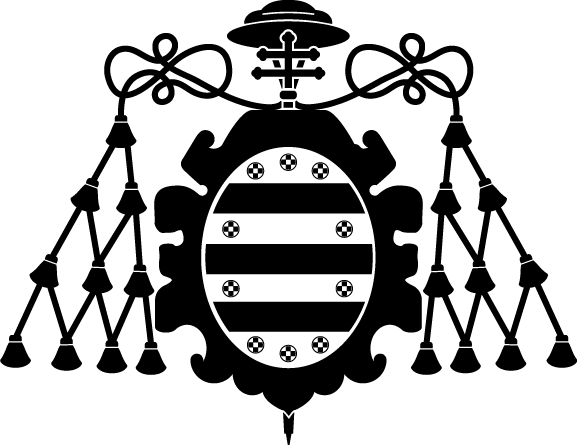Unidirectional ray polaritons in twisted asymmetric stacks
Autor(es) y otros:
Fecha de publicación:
Editorial:
Springer Nature
Versión del editor:
Resumen:
The vast repository of van der Waals (vdW) materials supporting polaritons offers numerous possibilities to tailor electromagnetic waves at the nanoscale. The development of twistoptics—the modulation of the optical properties by twisting stacks of vdW materials—enables directional propagation of phonon polaritons (PhPs) along a single spatial direction, known as canalization. Here we demonstrate a complementary type of directional propagation of polaritons by reporting the visualization of unidirectional ray polaritons (URPs). They arise naturally in twisted hyperbolic stacks with very different thicknesses of their constituents, demonstrated for homostructures of -MoO3 and heterostructures of -MoO3 and -Ga2O3. Importantly, their ray-like propagation, characterized by large momenta and constant phase, is tunable by both the twist angle and the illumination frequency. Apart from their fundamental importance, our findings introduce twisted asymmetric stacks as efficient platforms for nanoscale directional polariton propagation, opening the door for applications in nanoimaging, (bio)-sensing, or polaritonic thermal management.
The vast repository of van der Waals (vdW) materials supporting polaritons offers numerous possibilities to tailor electromagnetic waves at the nanoscale. The development of twistoptics—the modulation of the optical properties by twisting stacks of vdW materials—enables directional propagation of phonon polaritons (PhPs) along a single spatial direction, known as canalization. Here we demonstrate a complementary type of directional propagation of polaritons by reporting the visualization of unidirectional ray polaritons (URPs). They arise naturally in twisted hyperbolic stacks with very different thicknesses of their constituents, demonstrated for homostructures of -MoO3 and heterostructures of -MoO3 and -Ga2O3. Importantly, their ray-like propagation, characterized by large momenta and constant phase, is tunable by both the twist angle and the illumination frequency. Apart from their fundamental importance, our findings introduce twisted asymmetric stacks as efficient platforms for nanoscale directional polariton propagation, opening the door for applications in nanoimaging, (bio)-sensing, or polaritonic thermal management.
ISSN:
Patrocinado por:
J.A.-C., A.I.F.T.-M., E.T.-G. and G.A.-P. acknowledge support from the Severo Ochoa program of the government of the Principality of Asturias (nos. PA-22-PF-BP21-100, PA-21-PF-BP20-117, PA-23-PF-BP22-046 and PA-20-PF-BP19-053, respectively). J.M.-S. acknowledges financial support from the Ramón y Cajal Program of the Government of Spain and FSE (RYC2018-026196-I), and the project PCI2022-132953 funded by MCIN/AEI/10.13039/501100011033 and the EU “NextGenerationEU/PRTR”. P.A.-G. acknowledges support from the European Research Council under Consolidator grant no. 101044461, TWISTOPTICS and the Spanish Ministry of Science and Innovation (State Plan for Scientific and Technical Research and Innovation grant number PID2022-141304NB-I00). A.Y.N. acknowledges the Spanish Ministry of Science and Innovation (grants PID2020-115221GB-C42, PID2023-147676NB-I00) and the Basque Department of Education (grant PIBA-2023-1-0007).
Colecciones
- Artículos [37550]
- Física [2013]
- Investigaciones y Documentos OpenAIRE [8421]
Ficheros en el ítem





